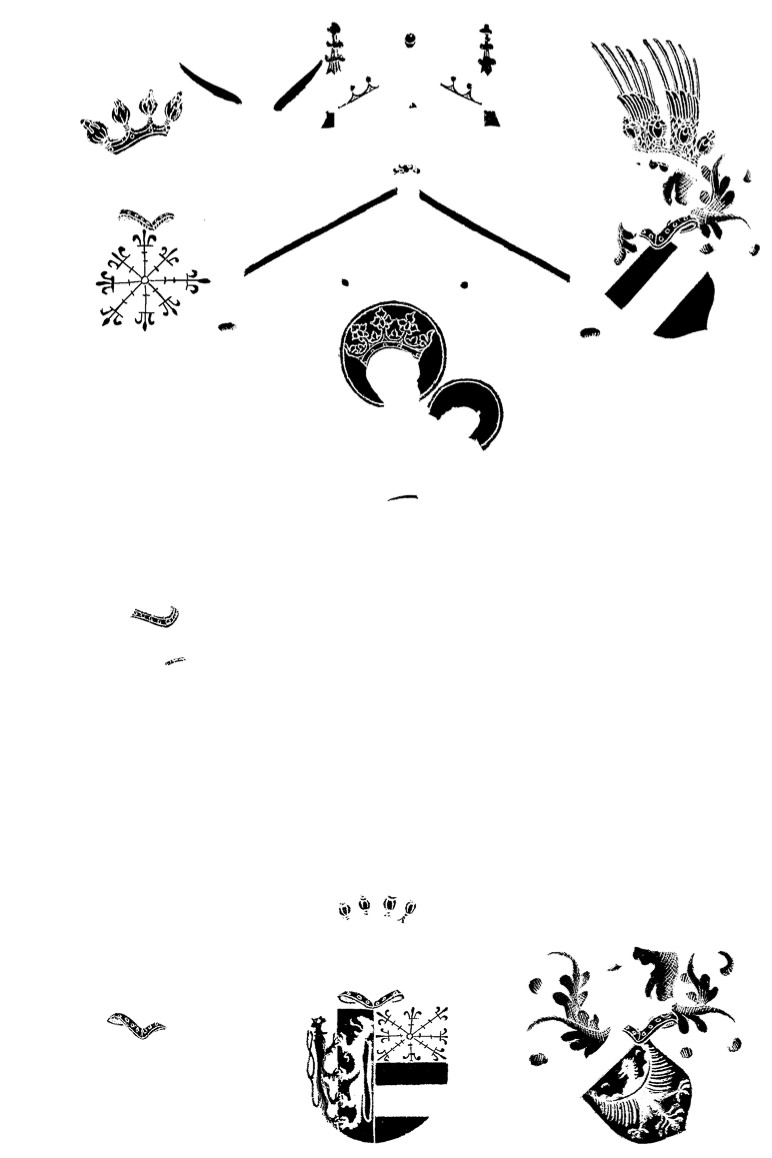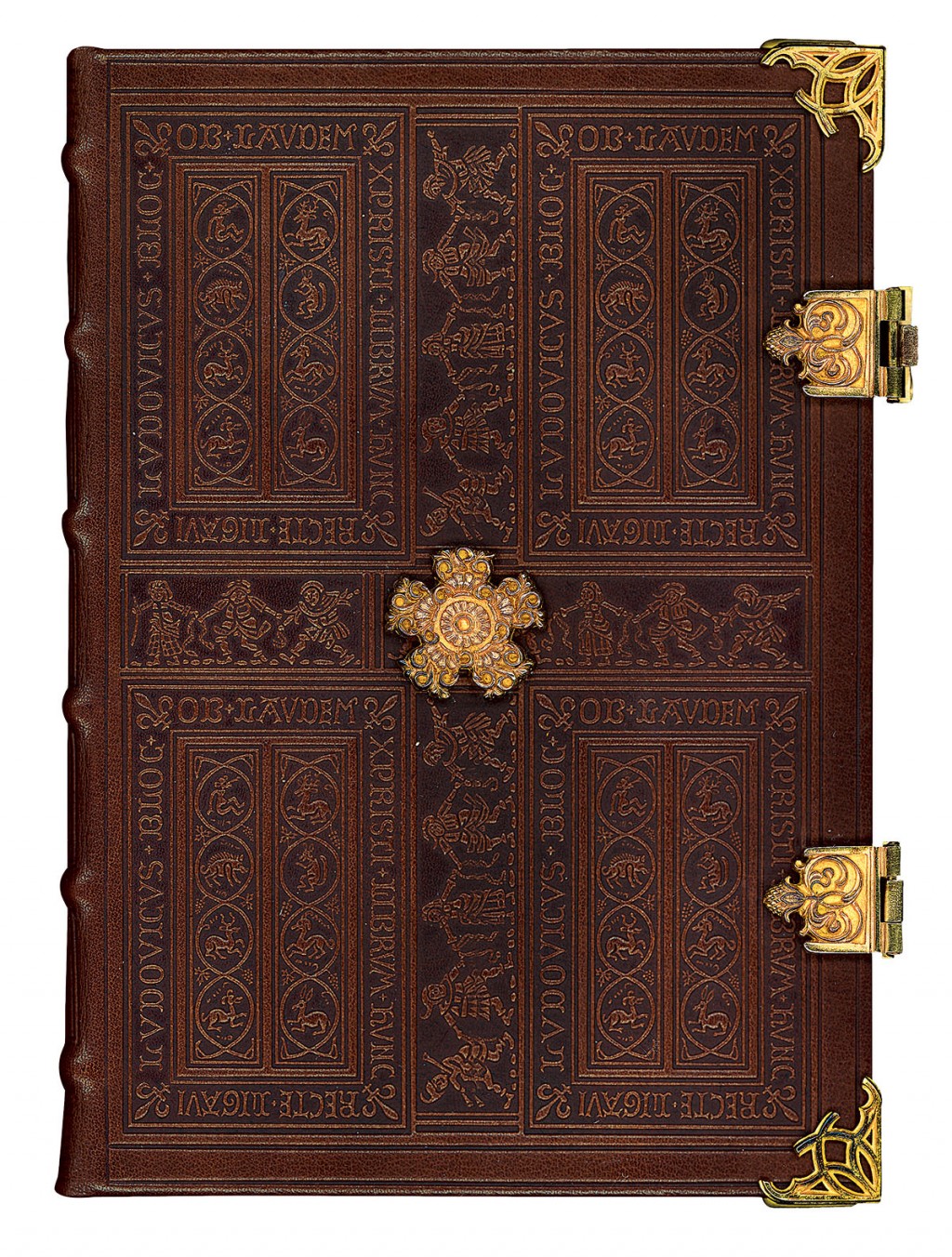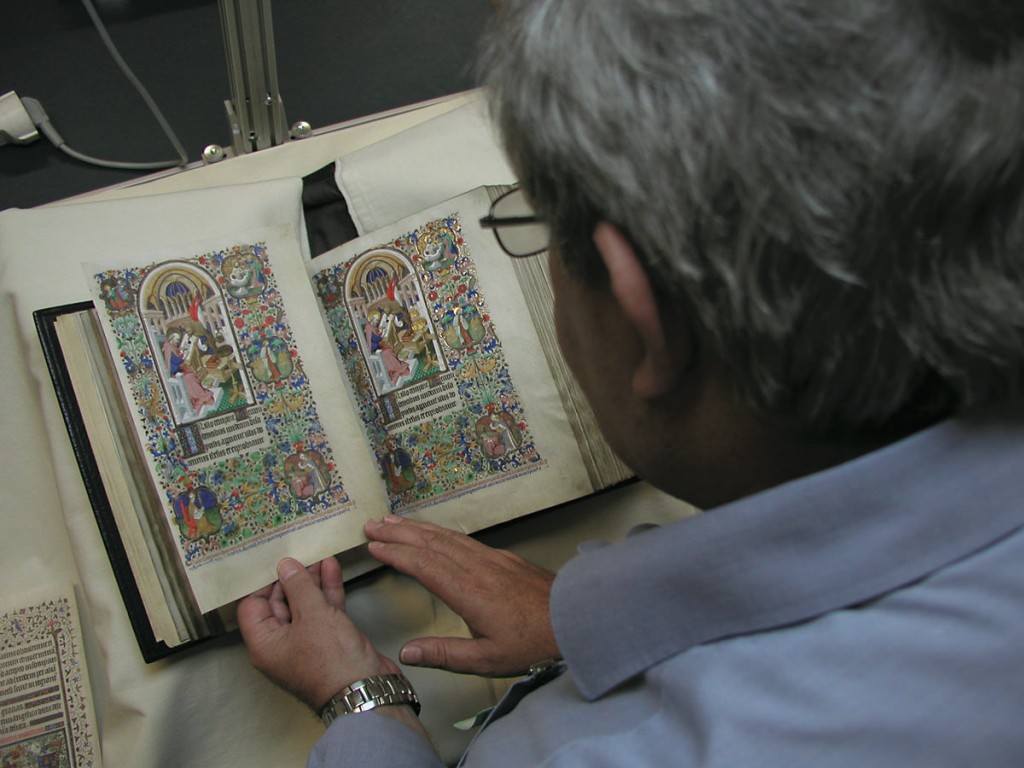True, making a quality facsimile is a challenging process, but there is something special and even magic in seeing the sumptuous features of magnificent ancient manuscripts faithfully reproduced in a modern printed book.
Creating a facsimile is a hard process, but despite this, the end result is too precious to give up along the way. Can you imagine the feeling you get when going through a copy of an ancient manuscript? Can you feel the enchantment of the gold? Follow us through the challenges and magic publishers experience while creating a facsimile.
How Is a Facsimile Edition Made?
Gilding
The different forms of gold and silver application are employed, on the one hand, to apply the gold subsurface – usually egg white in medieval manuscripts, today a special adhesive color – and, on the other hand, to apply the metal itself, for which, depending on the original, there are a great number of techniques.

An existing relief pattern in gold leaf, gold lettering and gold that often lies flat on the parchment has to be reproduced, just as on the original.
The recto (front) and verso (back) side of every sheet for a facsimile edition must be worked on three or four times in order to apply the gold by hand, before a finishing patination process reproduces the exact current luster and the aging marks of the metallic colors.
For instance, if only part of the silver retains its shine or is heavily oxidized, the facsimile will also reflect this. For this purpose, a metallic patina may be applied over the silver.

However, in medieval book painting, in addition to gold and silver foils, also gold and silver paint was used, applied with a brush. In that case, colors of gold and silver can also be printed today, although only as single colors separately from the color printing process described in our previous post.
Chasing
In all epochs of book painting, especially beginning with the 13th century until the end of the handwritten book era, chasing and stamping was used as a special gold working technique for pressing patterns into the metallic surface. These must also be reproduced by hand on facsimiles. Here lies the difficulty: on the one hand, exactly ascertaining the subtle indentations on the original is needed and, on the other hand, the gravure must then be performed with highest precision on the already applied gold foils.

The magic of real gold
The real gold used in medieval manuscripts was not only a decorative element.
Thanks to its immutability, gold has always had a symbolic value as symbol of God, of heaven, of eternity.
The use of real gold in facsimile editions, just like in the original manuscripts, aims to achieve some kind of mediation with the divine.
The original format
The faithful trimming of the edges of every double sheet of a facsimile edition and even simulating the holes present in the original’s parchment create additional difficulties. These features, however, are indispensable for every edition if a manuscript is to be experienced in its full emotional value.

Conclusions
See why publishers never give up? True, it is very difficult to produce a facsimile worthy of the name, but there is so much in ancient manuscripts that needs to be preserved, that every obstacle encountered along the way is well worth the end result.
Want to see some very special facsimiles? Visit our online catalogue at Facsimile Finder, and tell us what you’ve found!
Coming Next..
- The Story of Faksimile Verlag, Publisher of Fine Facsimile Editions – part 1
- Facsimiles and the Role of Illuminated Manuscripts: the Story of Faksimile Verlag – part 2
- What is a Facsimile: the Story of Faksimile Verlag – part 3
- How it All Began: the Story of Faksimile Verlag – part 4
- From Analog to Digital: the Story of Faksimile Verlag – part 5
- The Making Process of a Facsimile: the Story of Faksimile Verlag – part 6
- Challenges and Magic of Facsimile Production: the Story of Faksimile Verlag – part 7
- Binding, Paper, and Commentary: the Story of Faksimile Verlag – part 8
- Treasures of the Past: the Story of Faksimile Verlag – part 9
- Gems of the Middle Ages: the Story of Faksimile Verlag – part 10
- Flemish, Burgundian, and Biblical Art: the Story of Faksimile Verlag – part 11
- Middle Ages through the Manuscripts: the Story of Faksimile Verlag – part 12
- The Challenges of Gothic Art: the Story of Faksimile Verlag – part 13
- Ottonian and Charlemagne’s Art: the Story of Faksimile Verlag – part 14
Subscribe to Our Newsletter


